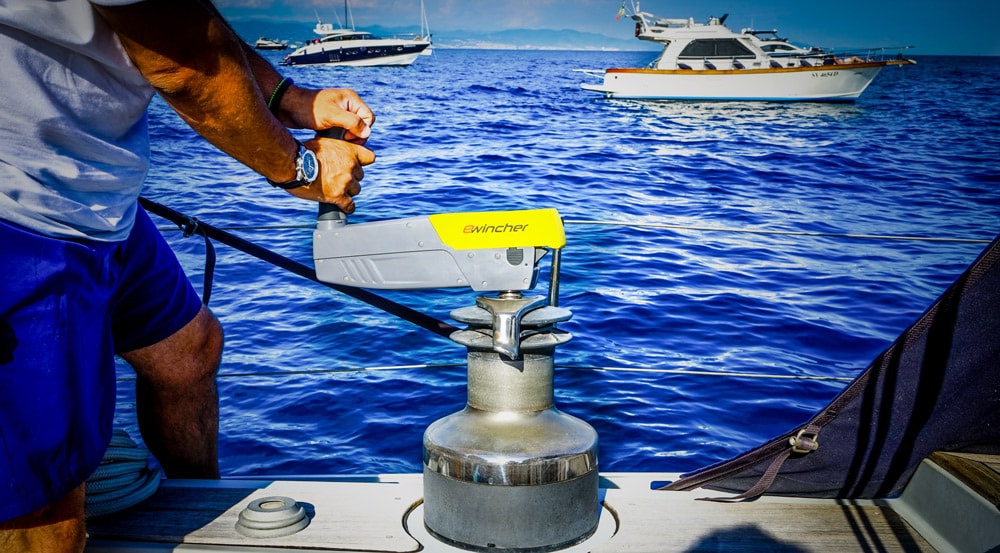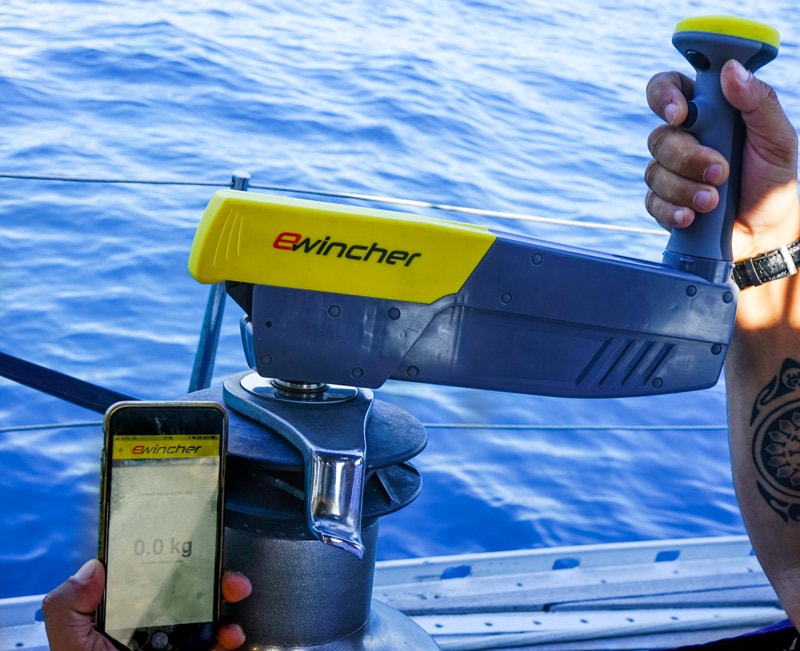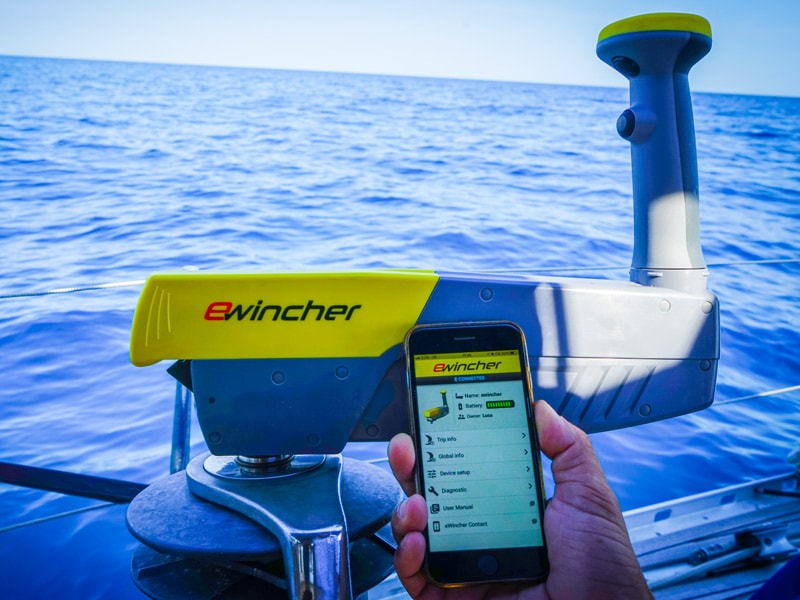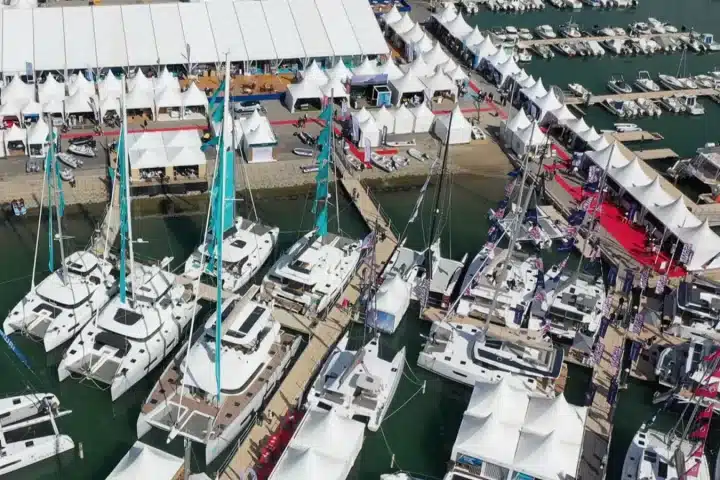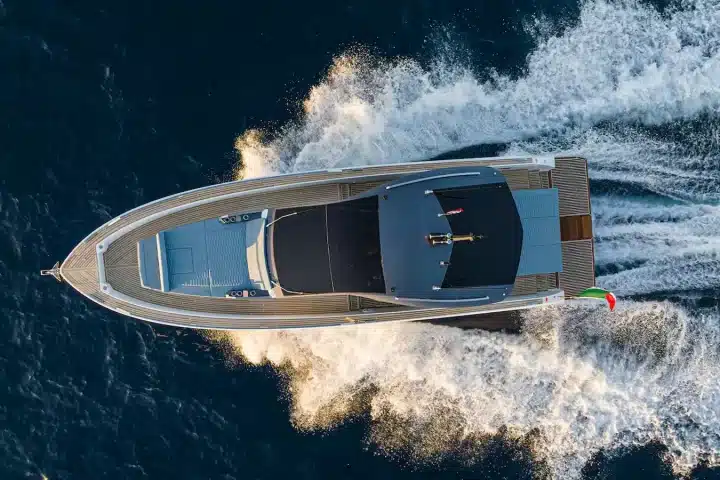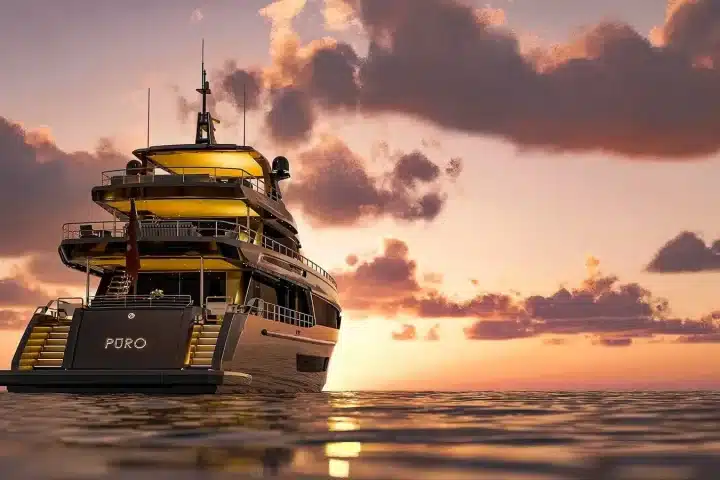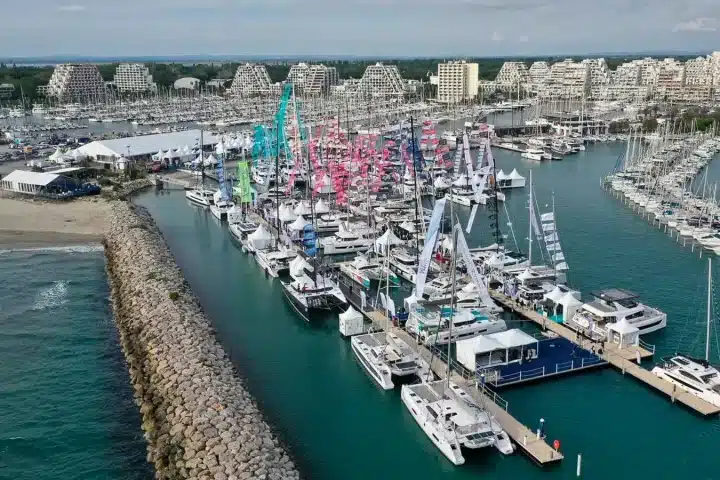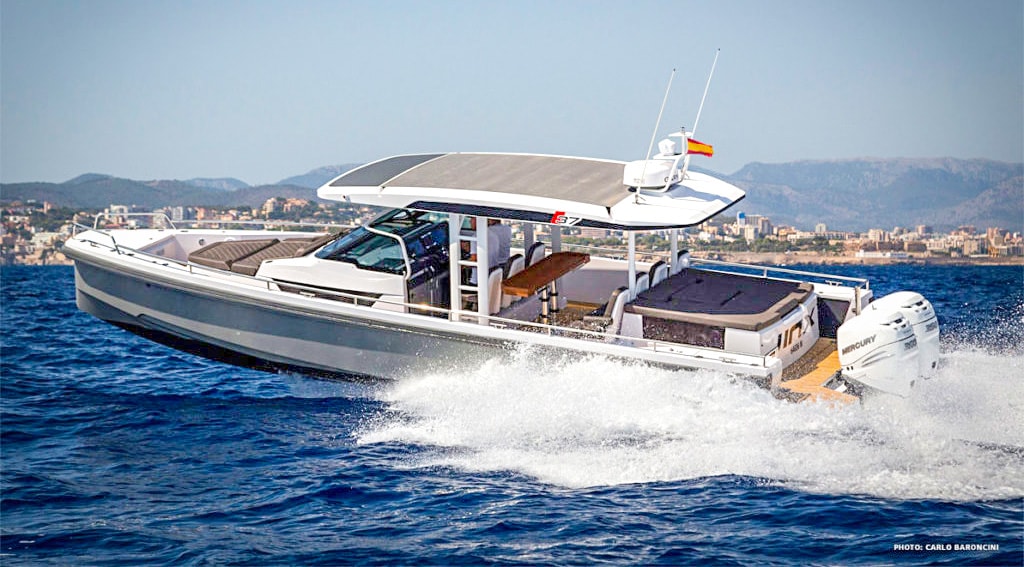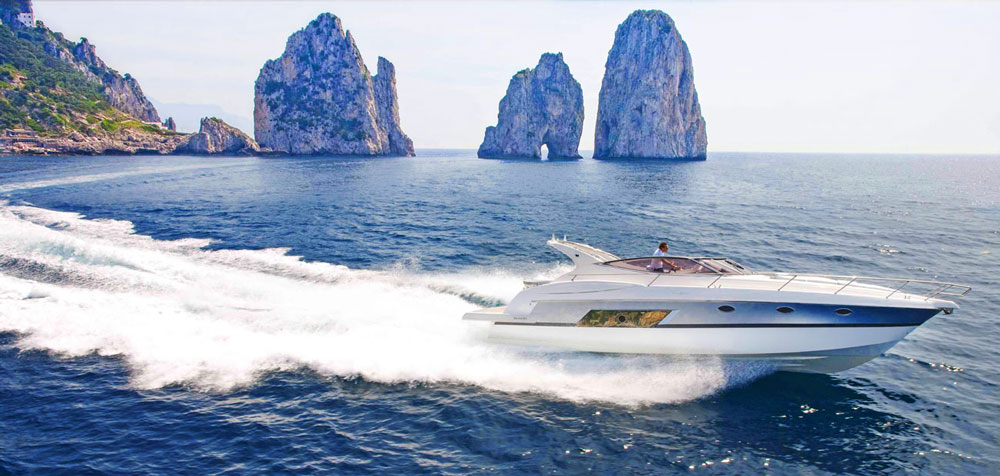Ewincher : stress test for the electric winch handle
We were given the challenge at La 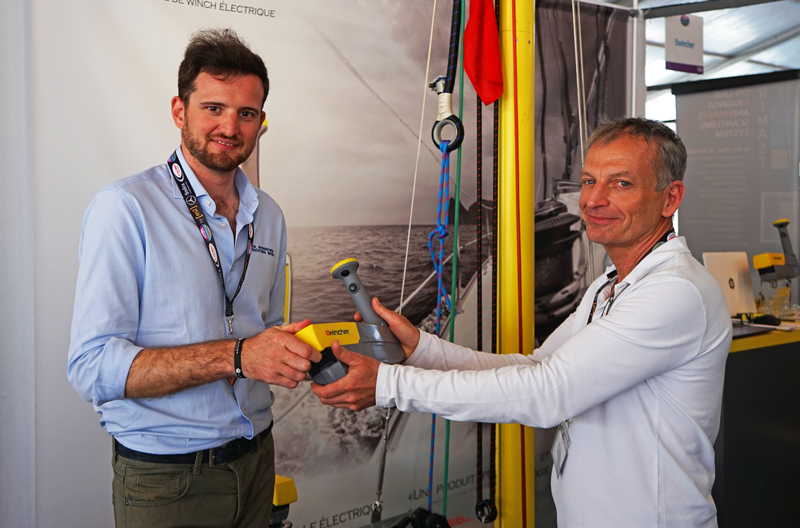
We had already tested some winch handles in the past but all, in one way or another, had let us down. Too bulky or low-powered, dependent on a power cable or with low autonomy, they all had led us to dissuade our readers from purchasing them, preferring the electrification of a winch already available on board.
Then came Ewincher and we tested it, first out of the water and then on board and, we can already disclose it, we have really liked it. State-of-the-art batteries, lightness, integration with the App are all features that make this product a precious and truly effective tool to facilitate maneuvers on board. But let’s proceed step by step and let’s see how the winch handle acted during our test.
Electric winch Ewincher Test
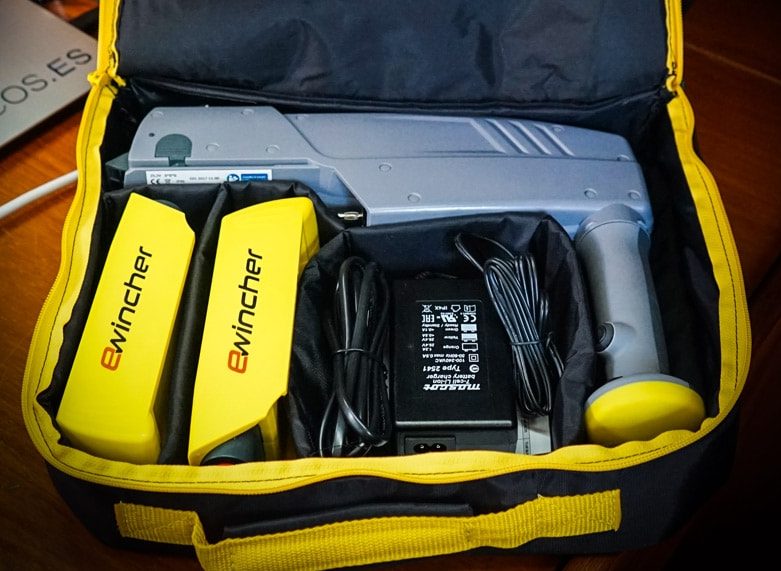
Our first test was a classic one: we tried to use it without reading instructions. So, I simply took a battery, I put it into the handle and I pressed the power botton. The handle immediately turned on and started to work; everything was very simple and user-friendly.
Our second test, instead, was dedicated to the App. I downloaded it from the store, I turned the bluetooth on and, very easily, my smartphone connected to the handle, providing me with all the information I needed. Thanks to the App, I could check the battery’s state of charge, the history of the charges the handles had moved, the strain in kg it was bearing.
I could also configure the maximum charge of 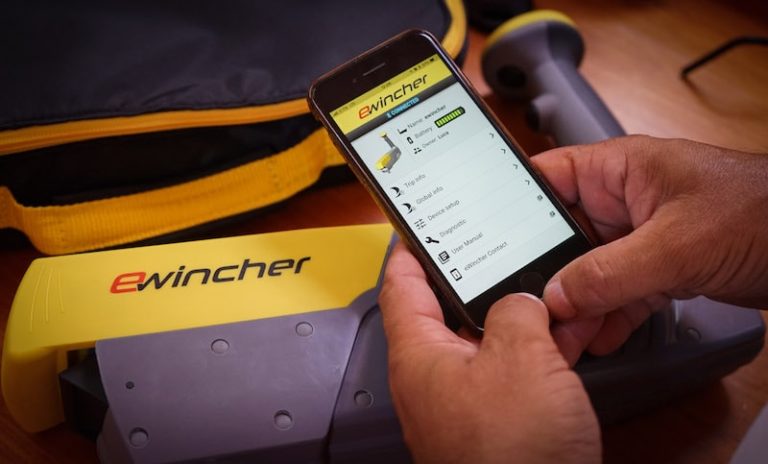
This winch handle features two keys: the first one, positioned at “our fingertips” on the grip, activates operation while the second one, placed under the knob and therefore far from any accidental activation, changes gear or, better, the direction of rotation of the gear.
Yes, because Ewincher includes 4 modes of operation:
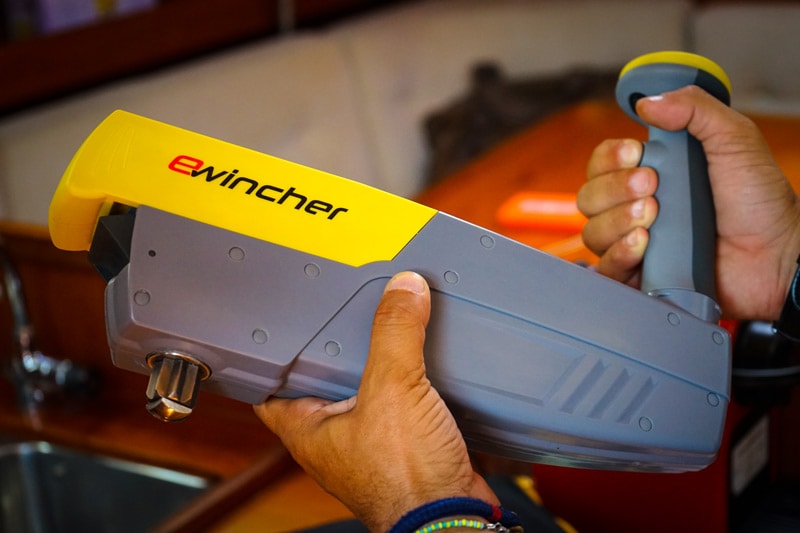
2) Low powerful gear: using the classic gear of the winch, the handle raises twice the weight effortlessly.
3) Assisted+manual mode: you can perform maneuvers very quickly by adding the speed of rotation of the handle to that of the teammate who winches at the same time. The system is very fast and efficient.
4) Manual mode: yes, Ewincher can be also used manually like a normal handle. This allows the crew to make a fine tuning of the tension in the sails.
After discharging the battery, we charged it both with the 220v charger, the inverter and the 12v available on board. We recorded a charging time of an hour and 27 minutes in the first case, an hour and 31 minutes in the second one. In both cases, charging time was shorter than the declared one, which is equal to an hour and half. Now that the battery was charged, we could use it.
On-board test
The Ewincher’s ” comfort zone” declared by the manufacturer ranges from 30 to 50 feet, both for mono- and multi-hulls. Furthermore, the manufacturer recommends a mainsail luff of 18 meters at most.
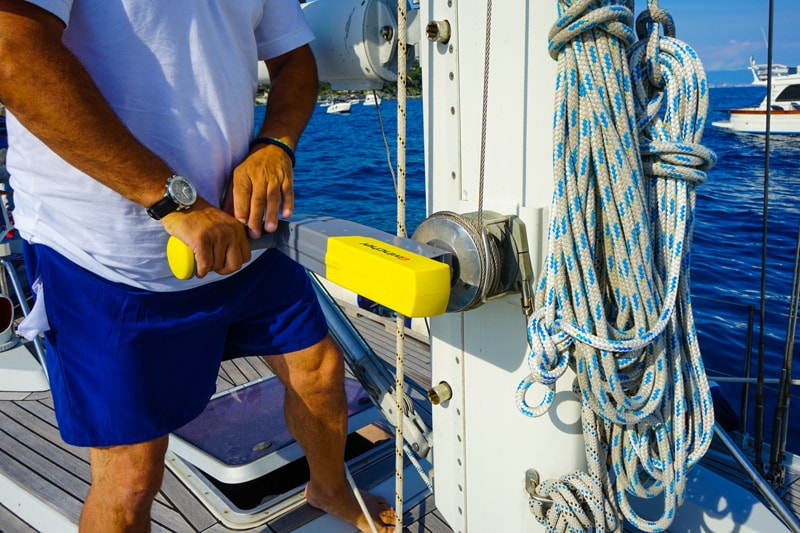
On our lab-boat, Ewincher was used for two weeks (replacing the hydraulically-operated winches which the boat is equipped of) and it never showed any signs of weakness. During our excursions, we never needed to replace the standard battery with the spare one, even though the genoa of the Daydreamer features a 82-square-meter sailing plan. The charge of the first battery was always more than sufficient.
On our boat, we used Ewincher for many purposes. In addition to maneuvers concerning the genoa opening ( the mainsail is furling), its trimming and the mainsail sheet trimming, we also used Ewincher for our mooring maneuvers which, thanks to this handle, really became a piece of cake.
On board the 40-footer, instead, we carried out our test during a windy day, sailing from morning to night. On that occasion, we sailed on a Dufour 40 with over-sized mast that, equipped with a traditional mainsail, is a more demanding and more responsive boat.
During that day, 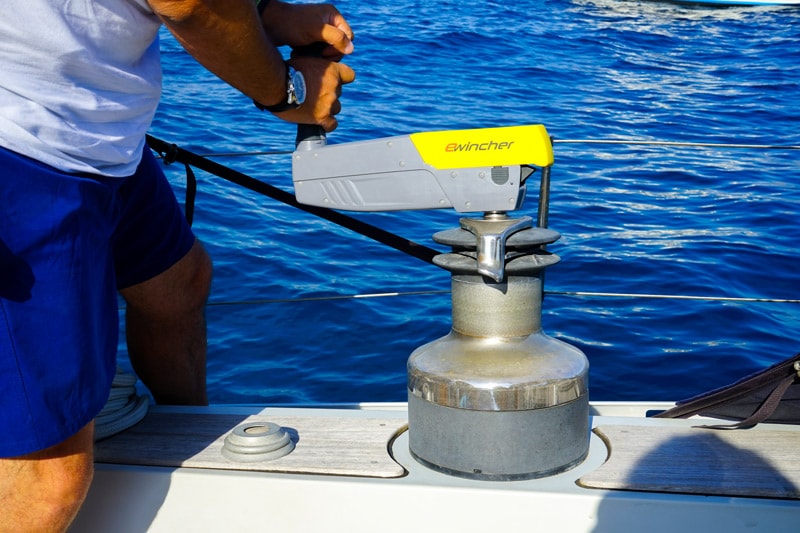
During both tests, we also tested the waterproof qualities of the system. Indeed, we “watered” Ewincher three times and the handle never had a problem. IPX6 standard is guaranteed here!
Finally, even though we shouldn’t do that, we performed a real stress test, using the handle beyond the limits recommended by the manufacturer. So, we took it on board a Gulliver 57, equipped with a 23-meter mast and a huge mainsail. Given the remarkable size of the sail, the boat features a large 46-meter halyard which, of course, goes beyond any limit allowed for this electric winch handle.
Well, Ewincher lifted the mainsail up to three quarters, about 30 meters; then, it stopped, protected against overheating by its special protection. After 5 minutes, it got cold and it completed the maneuver. A really good result. This is a thing that none should do but our job is to test products and to do that beyond the limits is correct.
Anyway, Ewincher worked imperturbable; at one point, it communicated to us that we were exaggerating but, after a few minutes, it completed its work.
Conclusions
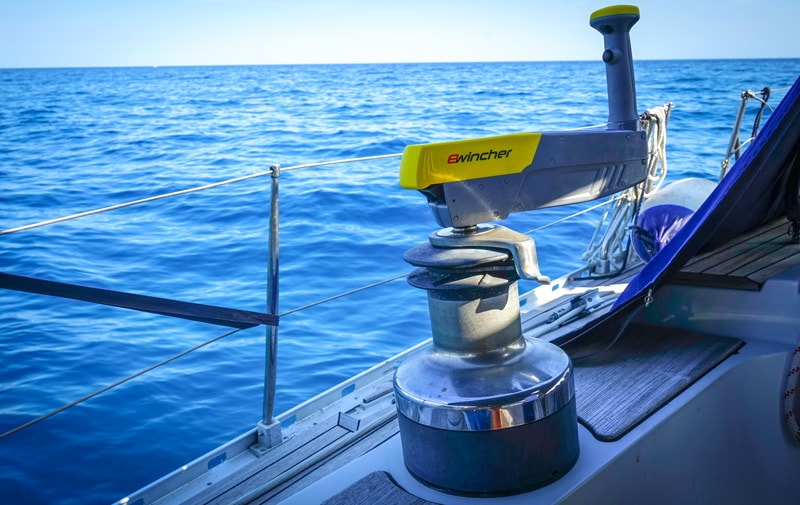
This accessory is reliable, versatile and suitable for all use. Perfect for both solo sailors or small crews, it considerably limits the effort to exert on any maneuvers.
Ewincher can be used for multiple purposes, facilitating mooring maneuvers, outboard and tender launching operations and any loading operations on board.
In short, it can play many additional roles and functions.
Moreover, if we consider that, with a price of just € 2,600 – an amount significantly lower than the electrification process of a single winch – we can automatize all our boat, we can realize that this winch handle is a really appropriate choice.
Another important detail is that Ewincher features the same size than a standard handle and is supplied with a standard case. Finally, it is the only one product of the category to include a locking mechanism which allows to leave it on the winch even when not in use.
In short, despite all our efforts, we didn’t find any flaws. It’s really a good item.
Useful Data
Gradual rotation speed: from 15 to 80 rpm
Torque and Power: 30 NM- 350 W
Weight: 2.2 Kg
Battery: lithium, 24 V, with a capacity of 3000
Battery charging time: an hour and half
Contacts
24/7 Customer Service : +33 (0)9 72 83 17 65
